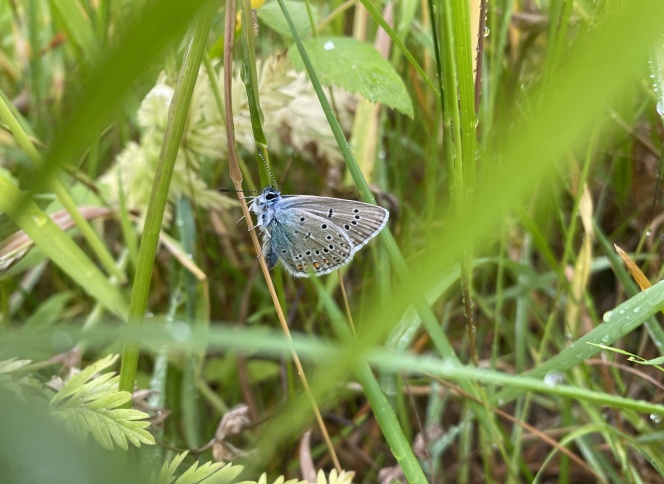Careers at Arise – View our open positions
How is nature affected when renewable energy is developed in forest landscapes?
This is what Tova and Elina, students at Halmstad University, explored in a field study conducted in the municipality of Laholm. Their research focused on the relationships between butterflies and vascular plants in and around the Oxhult and Kåphult wind farms.
The results showed that species richness was similar in areas with and without wind power. However, the most compelling findings were in the relationships between plants and butterflies. In the control areas, butterfly abundance increased with plant diversity — a pattern that was not observed near the wind turbines. This suggests that the impact may be more subtle than initially assumed, and that ecological interactions can shift even when the number of species remains unchanged.
The study also found that wind power sites tended to be more homogeneous and contained more invasive species, while the control areas hosted a greater number of indicator and specialist species — a potential sign of higher habitat quality.
A key conclusion from Tova and Elina is that conservation efforts in wind power environments should focus not only on species counts but also on preserving functional ecological relationships. This is where true sustainability lies.
Read more about their work here.
Please note that the full thesis has not yet been published, as the results are planned to form the basis of a scientific research article scheduled for publication in autumn 2025.
